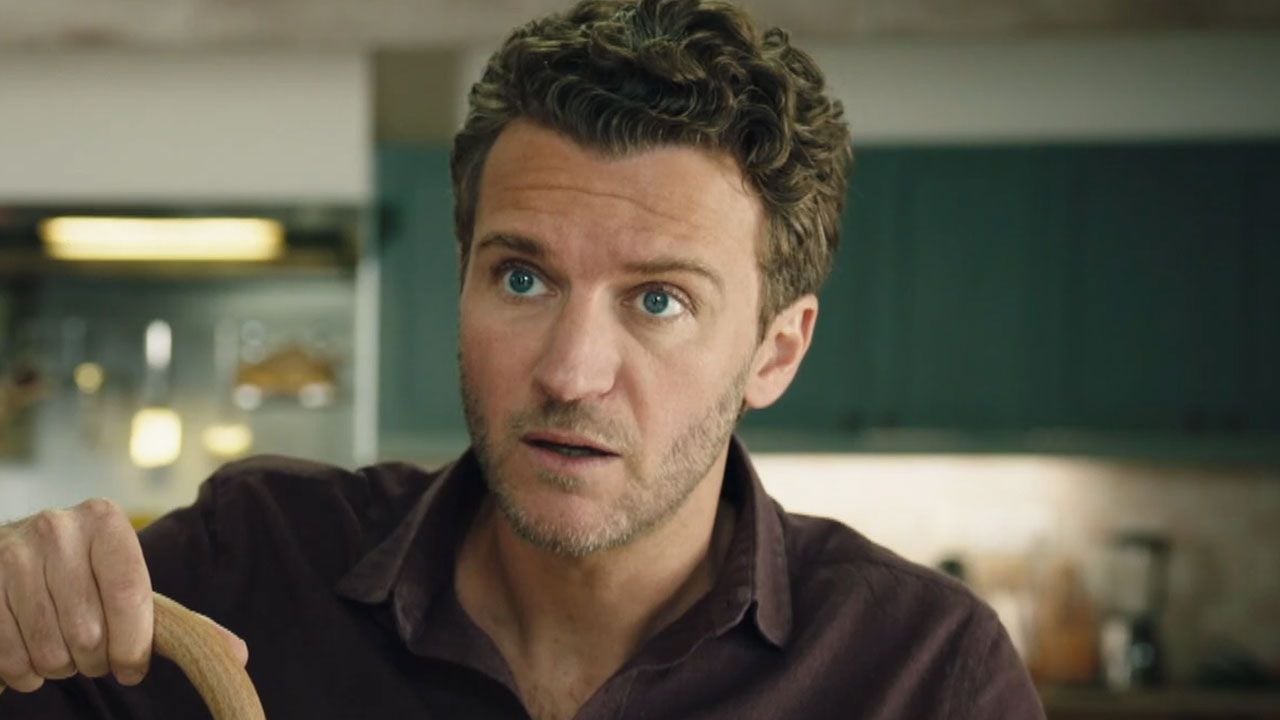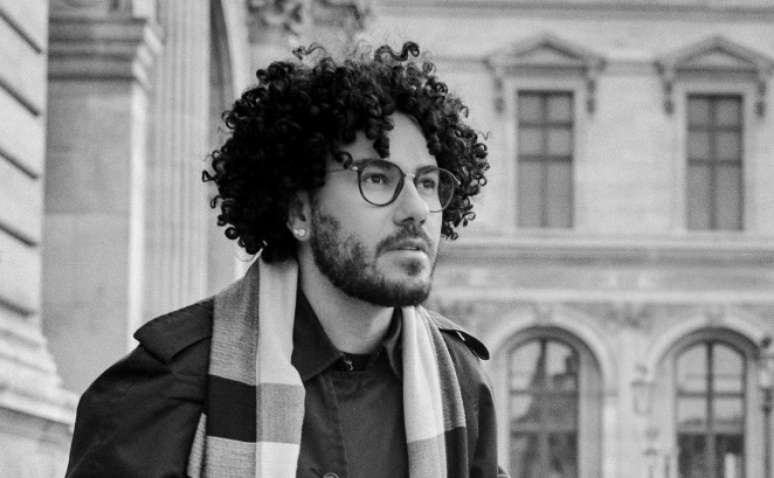With a surface area almost 15 times smaller than that of Sao Paulo, the French capital presents risks similar to those of the largest Brazilian city
Hypotheses include a psychotic break that left him disoriented and post-traumatic stress following an accidental fall into the Seine.
Friends living in Paris hope to find him in a shelter in the city. Since he disappeared with only the clothes on his back, without taking his passport or money, it is concluded that he could not have gone far.
The mystery surrounding Flávio, 36, who speaks fluent French, has brought to light information about the dangerous side of beautiful Paris. Although they are low compared to Brazilian metropolises, their crime rate cannot be ignored.
The city of 2 million inhabitants (almost 6 times fewer than Sao Paulo) is the scene of thefts, robberies, traffic scams, human trafficking and violence against LGBT people. Homophobic attacks have increased by 30% since 2022, according to a report by the SOS Homophobie group released on the France 24 television channel.
Some areas of the French capital, little visited by tourists, are more at risk, such as the 19th arrondissement, in the north, where drug trafficking, prostitution and criminal gangs are visible to the naked eye.
Flávio de Castro Sousa stayed in the 13th arrondissement, a residential area, without many attractions for visitors. One of his last WhatsApp messages was addressed to a friend, in which he informed him that he had fallen into the waters of the Seine while walking on the Île aux Cygnes, the Swan Island (read the highlighted article about it), a place more frequented by locals than tourists.
A friend of the photographer, Rafael Basso, commented in a video on the difficulty of obtaining images from the security cameras of the town hall and commercial establishments to try to retrace the steps of the missing Brazilian. In 2023, the Actu portal reported that Paris had 4,000 surveillance devices on the streets, a low number for such a major city.
Whatever the outcome, this case serves as a warning to Brazilians arriving in the City of Light: enjoy the charm of Paris, but don’t forget that every big city offers numerous risks. Paris is a party, but it can also be a nightmare.
Source: Terra
I am Amanda Gans, a motivated and ambitious professional in the news writing industry. With over five years of experience in this field, I have developed an eye for detail and an ability to craft stories that captivate readers. I currently write for Gossipify, where I specialize in beauty & celebrities news. My passion lies with exploring the world of beauty through writing, interviewing experts and developing articles that are both informative and entertaining.
You may also like

The businessman dies at 48 in a famous luxury car event in San Paolo
The businessman dies after a serious accident in a famous event; Wilson Araújo Coelho Neto

Who was the drag queen who died days after amputating the leg to infection?
Jiggly Caliente was celebrated by her lively energy and authenticity, characteristics that made her a

Have you worsened? Learn the true state of health of the former President Bolsonaro
The hospital reveals Jair Bolsonaro Health Medical Bulletin

The businessman dies at 48 in a famous luxury car event in San Paolo
The businessman dies after a serious accident in a famous event; Wilson Araújo Coelho Neto

At 73, Vera Fischer shows an impact on drugs about his life: “Give power”
In Fantastic, the actress Vera Fischer exposes drugs beyond and the essential help of her

Everything starts here: between excitement and excitement, two members of the institute fall asleep together!
Everything starts here, while the wiki goes through a particularly difficult time because of its

Lella Lombardi: 50 years of the only female point in F1
In 1975, Italian made history in the Spain’s GP; No other woman has scored in


